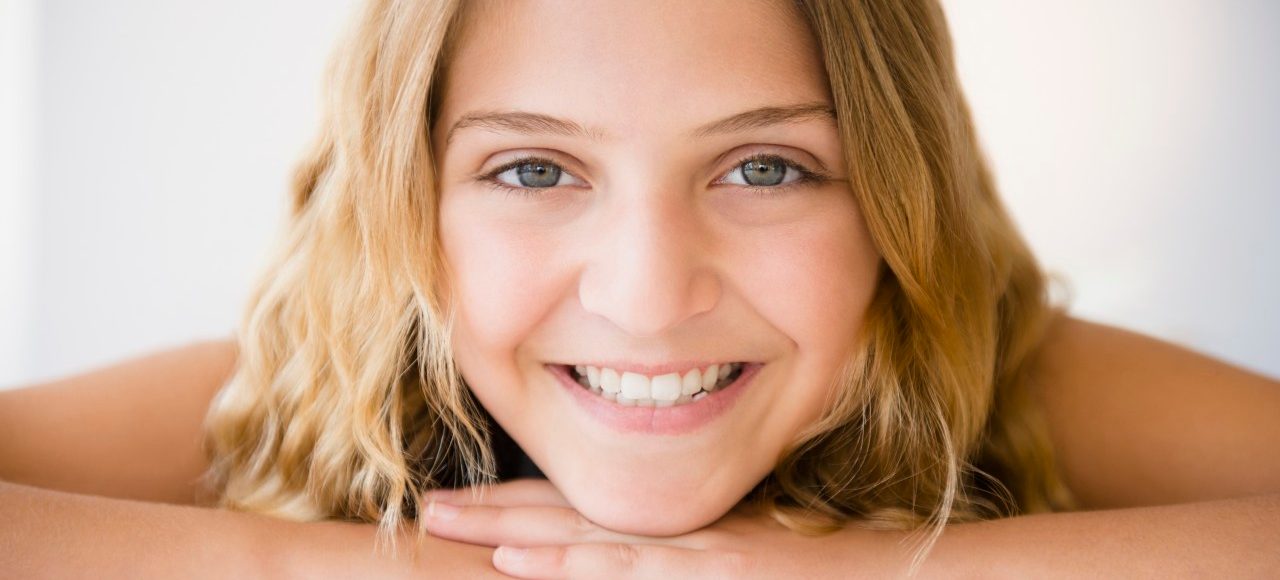How to Stop a Headache in Your Teen

Addressing sleep issues and emotional problems are just two ways of how to stop a headache in your teen. Here’s what parents should know.
“Don’t give me a headache,” sounds like a parent talking, but a startlingly big group of kids get headaches — as many as 40 percent of 12- to 15-year-olds have one or more a week, a meta-analysis found. Up to 71 percent suffer one or more headaches every three months. Headaches among young people also seem to be becoming more common. Parents and teachers underestimate how debilitating they can be, the same study reports.
Some kids begin complaining of headaches, back pain, and gastrointestinal problems as young as age 5 to 7. Headaches seem to increase with age from childhood into adolescence. If that happens to your child, do what you can to address anxiety or depression, which are linked to both headache and migraines. Many frequent unexplained pains or discomfort can be either caused by anxiety or make kids anxious, in a classic bad loop.
YOU MIGHT ALSO LIKE: Help Your Daughter's Menstrual Cramps
How to stop a headache in your teen
Sleep is a factor, though the connections between sleep and headaches remain mysterious. Kids who suffer from headaches are more likely to have sleep problems. Disrupted sleep can bring on a headache. Lack of sleep can bring on migraine — and so can sleeping extra hours. Taking a melatonin supplement can help kids with chronic headaches, but not necessarily right before bedtime; the best time could be 6 hours earlier. You may want to start with .5 mg supplements. Talk to a doctor if your child has significant sleep problems.
Migraines are less common, but it can be hard to distinguish a tension headache from a migraine at younger ages, unless your child sees an aura. An intense pulsing pain that gets worse with activity and causes vomiting or sensitivity to light are signs of a migraine. From a third to half of kids with migraines also sleepwalk, and children who get migraines with an aura are more likely than others to have epileptic seizures.
Once again, obesity is dangerous for kids. In one study, 135 obese high-school age kids prone to migraines enrolled in a 12-month program that included instruction on diet, physical training, and tips about how to change compulsive behavior. The lower their BMI (body mass index) at the end of the program and the bigger the change, the more improvement they saw in their headaches.
Other reasons for headaches
Teens are more likely to get headaches if the family is unhappy, they’re being bullied or treated unfairly at school, or if they don’t have enough free time. Lack of exercise and smoking are other risk factors. Many people know that certain foods trigger their headaches. Alcohol and chocolate are likely suspects. So are cola drinks; too much caffeine can cause headaches, even though coffee can help against migraines. Experts recommend keeping a food diary to locate unexpected food triggers.
How do teens explain their problem? In a survey of 1,260 10th- and 11th- graders in Munich, Germany, 83 percent said they’d had at least one headache in the past 6 months, with 10 percent reporting a migraine. The top complaint was stress (48 percent), followed by too few hours of sleep (25 percent), too much school work (19 percent), too few beverages (14 percent), weather or climatic changes (12 percent), other illnesses (12 percent), psychological problems (7 percent), and too much alcohol (7 percent).
Updated:
February 27, 2020
Reviewed By:
Christopher Nystuen, MD, MBA